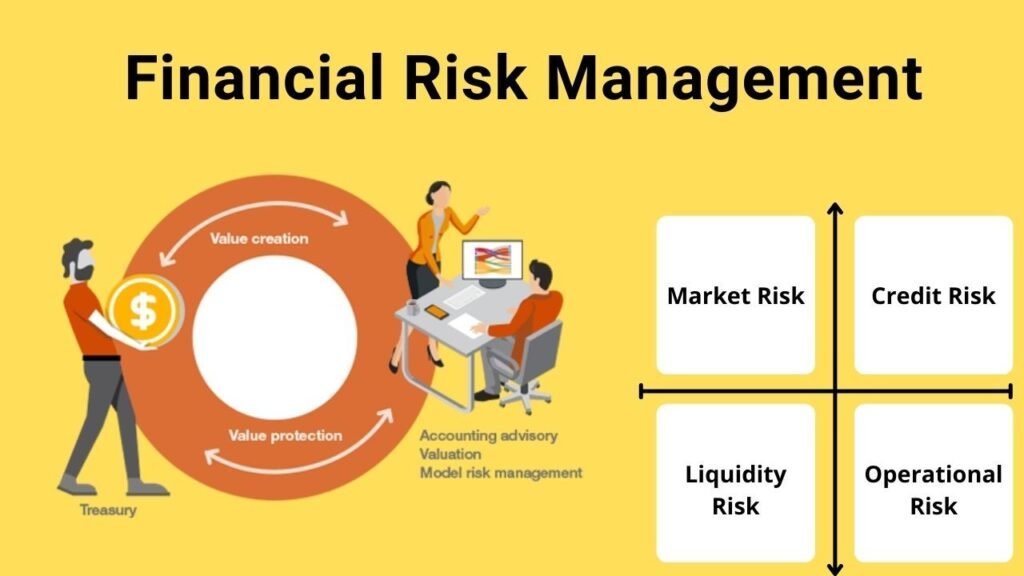Why Risk Assessment Matters
Risk is everywhere. Businesses, banks, insurers, and even governments constantly ask:
“What could go wrong, and how bad could it be?”
That’s the essence of risk assessment: identifying, analyzing, and prioritizing potential threats to help organizations make informed decisions.
From approving a loan to designing an insurance policy or predicting fraud, accurate risk assessment helps:
Protect assets
Reduce losses
Improve compliance
Build trust with customers and stakeholders
But traditional methods, largely based on static rules and historical averages, can struggle in today’s complex, fast-moving world.
This is where Machine Learning (ML) steps in.
Understanding Traditional Risk Assessment
Before diving into Machine Learning, let’s see how risk assessment worked traditionally.
Typical steps:
Collect historical data (e.g., past claims, loan defaults)
Use expert knowledge to define risk rules
Apply statistical models to calculate risk scores
Review results manually
These methods work, but they have some downsides:
Rely heavily on human assumptions and fixed rules
Struggle to adapt to new patterns or unseen risks
Can miss hidden relationships in large, complex datasets
Enter Machine Learning: What Changed?
Machine Learning is a branch of artificial intelligence where algorithms learn from data; finding patterns, making predictions, and even improving over time without being explicitly programmed for every scenario.
Unlike traditional models, ML can:
Handle huge volumes of data (structured & unstructured)
Adapt to new trends dynamically
Discover non-obvious risk factors
For beginners, think of ML as an advanced tool that learns from historical data to predict future risks more accurately.
How Machine Learning Works in Risk Assessment
Let’s break it down step by step:
Step 1: Data Collection
ML models need data, lots of it.
Financial data: transactions, credit history, payment patterns
Behavioral data: website clicks, login frequency
External data: economic indicators, news sentiment
Fun fact: Some insurers even explore using weather data to assess agricultural risk.
Step 2: Feature Engineering
Not all data is useful as-is. Experts & data scientists identify key variables (“features”) that likely impact risk.
E.g., in lending: income level, loan amount, repayment history
Step 3: Model Training
ML algorithms are trained on historical data. Popular models include:
Decision Trees
Random Forests
Neural Networks
Gradient Boosting Machines
During training, the algorithm learns patterns linking features to past outcomes (e.g., default vs. no default).
Step 4: Validation & Testing
Models are tested on unseen data to check accuracy and avoid overfitting (when a model memorizes data instead of learning general patterns).
Step 5: Deployment & Monitoring
Once validated, the model can be used in production to assess risk in real time.
Continuous monitoring ensures it stays accurate as new data arrives.
Real-World Applications of ML in Risk Assessment
Machine Learning isn’t just theoretical — it’s already widely used:
A. Credit Risk in Banking
Banks use ML to:
Predict the likelihood of loan default
Adjust interest rates based on risk
Detect risky borrower profiles earlier
Example: A bank uses a random forest model to evaluate thousands of factors before approving a personal loan.
B. Insurance Risk
Insurers apply ML to:
Price policies are more accurate
Detect fraudulent claims
Assess risk of accidents based on driving data (e.g., telematics)
Example: Usage-based car insurance where driving behavior affects premium.
C. Cybersecurity Risk
ML helps spot abnormal behavior indicating potential breaches.
E.g., sudden access to sensitive files or unusual login times.
D. Market & Investment Risk
Financial firms use ML to:
Predict market volatility
Identify portfolio risks
Optimize trading strategies
E. Operational & Compliance Risk
ML models analyze internal reports, emails, and transactions to flag:
Policy violations
Potential insider threats
Regulatory breaches
Benefits of Using Machine Learning in Risk Assessment
Better Accuracy
ML can analyze complex relationships and subtle patterns missed by traditional models.
Real-Time Assessment
Traditional risk assessments often rely on quarterly or annual updates.
ML can process data live.
Scalability
Models can handle millions of transactions or profiles simultaneously.
Adaptability
ML keeps learning and updating its predictions based on new data, and it’s helpful in fast-changing markets.
Uncovering Hidden Risks
ML can identify new risk factors by analyzing unstructured data, like customer reviews or news headlines.
Challenges & Limitations
ML isn’t magic—it has limits:
Data Quality & Bias
Poor or biased data leads to poor or biased predictions.
E.g., if historical data underrepresents certain groups, the model might unfairly label them high risk.
Explainability
Complex models (like deep neural networks) are often “black boxes.”
Regulators and stakeholders may demand clear reasoning behind risk scores.
Overfitting
A model might perform perfectly on past data but poorly on new cases if it learns noise instead of patterns.
Regulatory Constraints
In sectors like finance and insurance, strict regulations govern automated decision-making.
Integration Challenges
Organizations need the right infrastructure and skilled teams to deploy and maintain ML systems.
Future Outlook
The role of ML in risk assessment will only grow.
Emerging trends include:
Explainable AI (XAI): Making models more transparent
Deep Learning: Better handling of complex data like images or text
Real-Time Risk Scoring: Instant risk assessment during transactions
Integration with IoT: Using sensor data for more dynamic risk models (e.g., in manufacturing or health insurance)
Cross-Industry Collaboration: Sharing anonymized risk data across sectors to improve accuracy
Risk assessment helps protect businesses, customers, and entire economies.
Traditional methods laid the foundation, but today’s complexity needs something smarter.
Machine Learning offers:
Deeper insights
Faster response times
Adaptive learning
While it comes with challenges like explainability and data quality, its potential to transform risk assessment is undeniable.
Key Takeaways
Risk assessment is about predicting and managing potential threats
ML analyzes huge, complex datasets to spot patterns that traditional methods miss
It is widely used in banking, insurance, cybersecurity, and beyond
Benefits include accuracy, real-time scoring, and scalability
Challenges like bias and explainability must be addressed
The future points to more transparency and deeper integration








